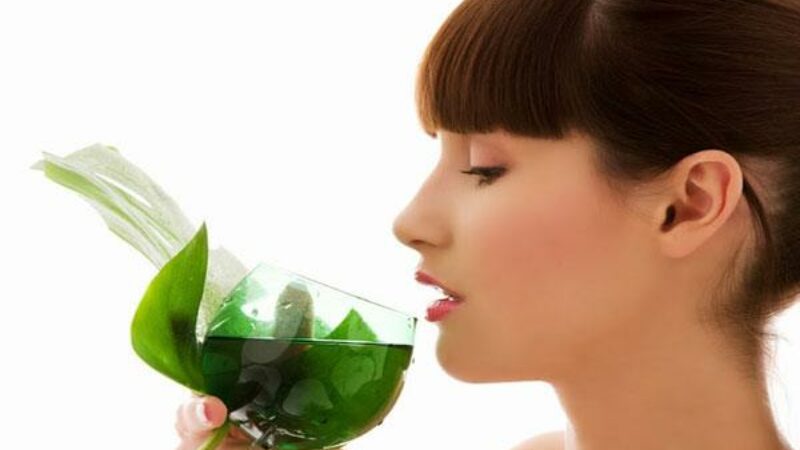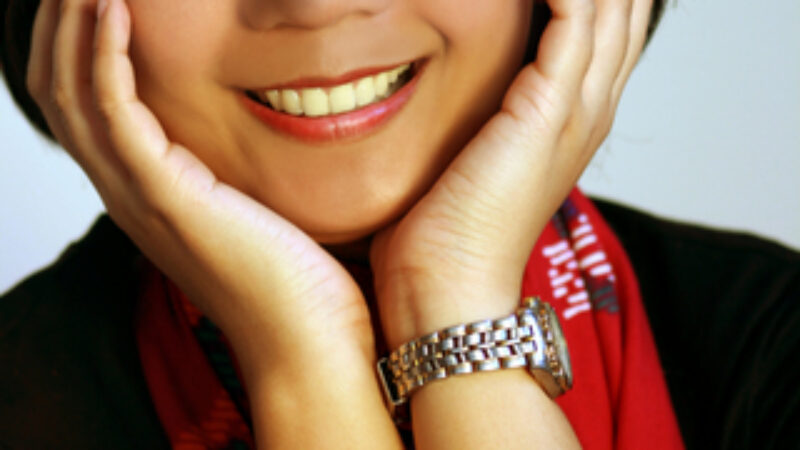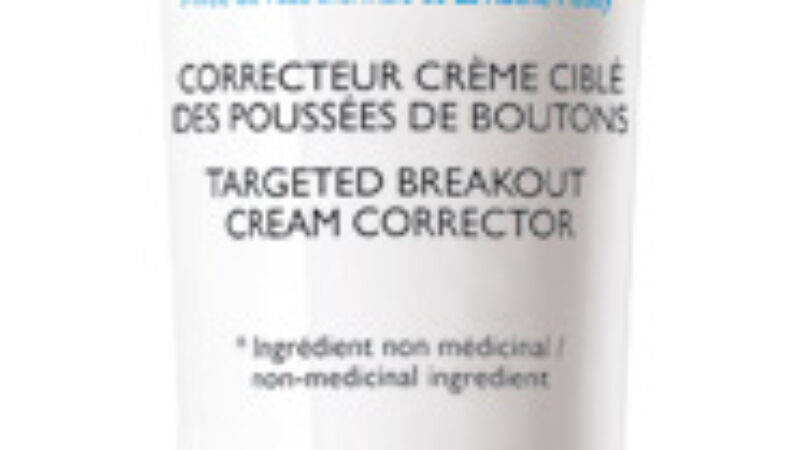You’ve probably heard about hydroxy acids’ benefits to skin. What you may not know is that there are two types of hydroxy acids – alpha hydroxy acids (AHAs), often referred to as fruit acids – and beta hydroxy acid (BHA), of which there is only one, salicylic acid. In this article let’s look at both types of hydroxy acids to help you determine whether they will benefit your skin.
About Alpha Hydroxy Acids
Alpha hydroxy acids (often referred to as AHAs) are derived from fruit and sugar. They include:
- glycolic acid, derived from sugar cane
- lactic acid, derived from milk
- mandelic acid, derived from bitter almonds
- tartaric acid, derived from grapes
- malic acid, derived from apples and pears
amongst others.
The main function of AHAs is to exfoliate or remove the top layer of skin allowing newer, healthier skin cells to show through. They are particularly useful in enhancing the appearance of sun damaged skin and may help to diminish the appearance of wrinkles. Studies have shown that AHAs may also help to stimulate collagen production. They are often an important component of any skin lightening regimen.
AHAs are best used in gels, creams or lotions to allow the product to deliver benefits. Washes and cleansers are often removed before the AHA can exert its action. Studies have shown that AHAs work best at concentrations of at least 4% formulated at a pH of around 3 or 4.
About Beta Hydroxy Acid
There is only one beta hydroxy acid – salicylic acid – derived from acetylsalicylic acid, or aspirin. Like AHAs, beta hydroxy acid (BHA) acts as an exfoliant increasing the shedding of dead skin cells to allow newer, healthier skin cells to show through.
Studies have shown BHA to reduce the appearance of wrinkles, improve skin roughness and assist in reducing skin pigmentation disorders. BHA is also extremely useful in the treatment of breakouts and helpful in the management of keratosis pilaris, conditions that involve blocked or clogged pores.
As with AHAs, when choosing a BHA product, you may benefit more by opting for a cream, lotion or gel that stays on your skin. Washes and cleansers are removed from the skin before they have a chance to deliver benefits. Look for products containing at least 1% BHA at a pH of between 3 or 4 in order to derive maximum benefits.
The Difference Between Alpha Hydroxy Acids and Beta Hydroxy Acid
AHAs are water soluble so they do not penetrate well beneath the skin’s surface. They are ideal for use on skin that is not prone to breakouts. BHA, on the other hand, is a lipid (oil) soluble molecule. This characteristic allows BHA to penetrate pores that contain sebum (oil) and help to exfoliate the pore itself. This makes BHA particularly useful in oily, acneic skin prone to breakouts.
Side Effects of Beta Hydroxy Acid and Alpha Hydroxy Acids
Because both BHA and AHAs remove the skin’s top layer, they make skin more sensitive to sun exposure. Sensitivity can increase by up to 50%, which makes the use of broad spectrum UVA/UVB blocking sunscreen with a minimum of SPF 30 a must. Both types of acids can cause irritation including redness, burning, pain or itching. Darker skinned individuals may also be at risk for scarring with the use of AHAs or BHA.
Formulations That Work
If the idea of incorporating an AHA or BHA into your skin care regimen appeals, consider the following products which have been shown to demonstrate benefits in many skin types:
- MaMa Lotion – mandelic acid and malic acid to deliver benefits to acneic skin as well as melasma
- LacHydrin – 12% lactic acid to assist in management of dry skin
- La Roche Posay Effaclar K or Effaclar AI – formulated with LHA, a derivative of salicylic acid to help minimize breakouts





I have spent a fortune on expensive hand creams that don’t really smooth skin on my hands…. I got lactic acid for exfoliating skin on my face and decided to try it on my hands. I had read somewhere that milk maids of old had beautiful hands due to lactc acid and decided it couldn’t hurt to try. WOW!!! My hands looked so much better after one treatment. The small bottle has enough for several treatments at half the price of expensive hand cream. It also fades age spots and freckles. The peeling action on hands reveals really smooth skin that is silky soft. I’ll keep using this…no more expensive hand treatments for me!